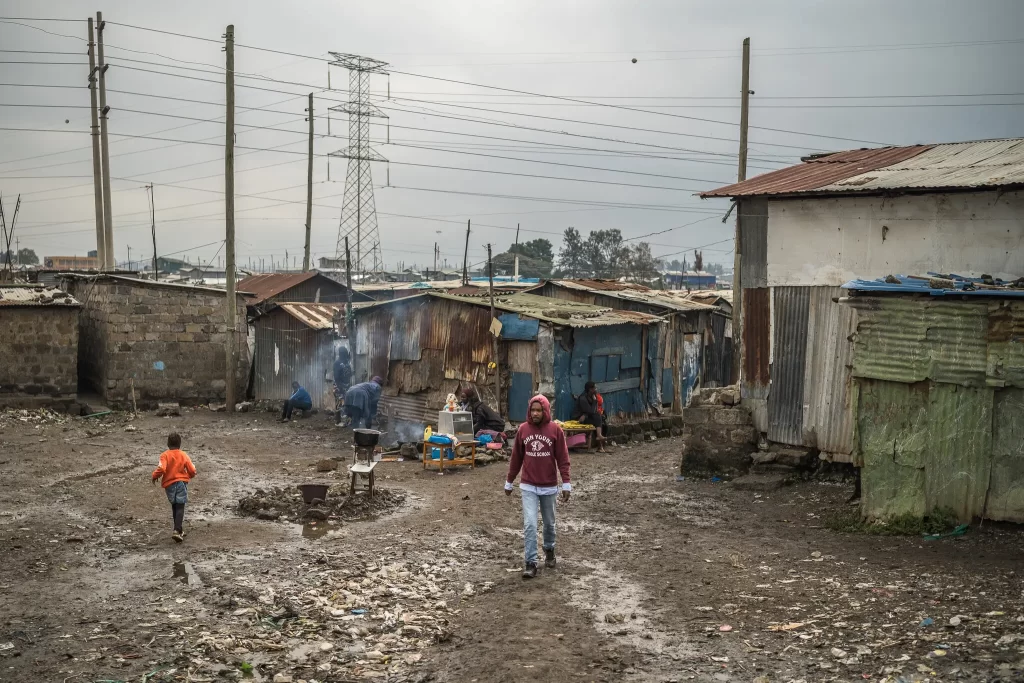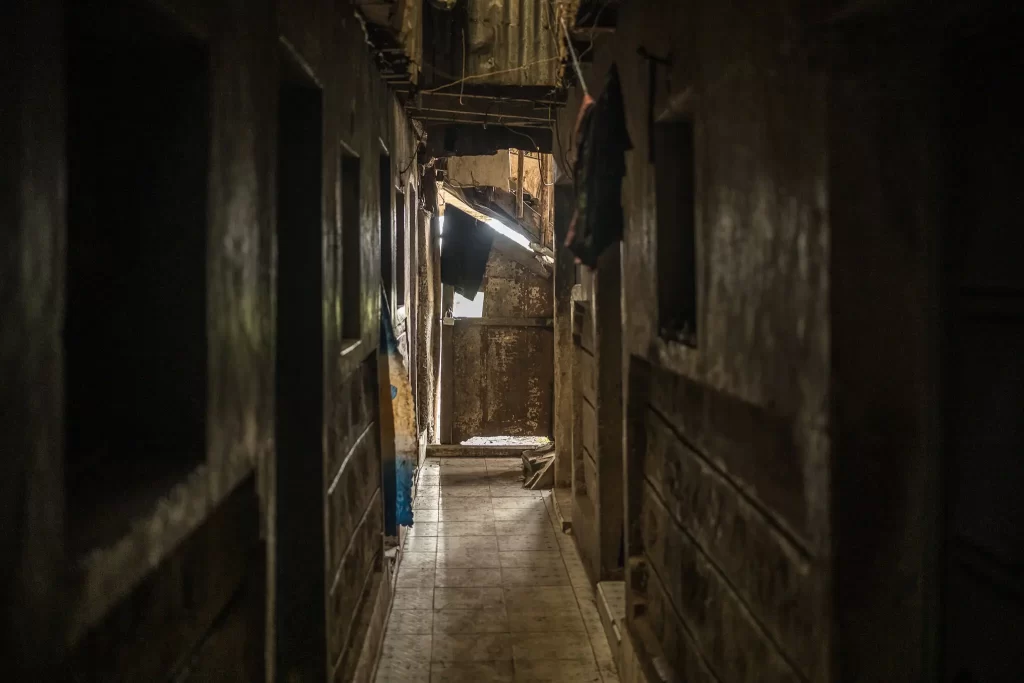Days after the arrest and public display of the suspected killer of 42 people in Kenya, the New York Times, in its publication of July 19, 2024, asked a pertinent question: “Did Police in Kenya Catch a Serial Killer or Coerce a Confession?”

The authorities in Kenya announced the arrest of the man suspected of being a serial killer, linked to the gruesome discovery of at least 10 sacks filled with body parts found in an abandoned dump, according to the NYT. The suspect allegedly confessed to killing 42 women, including his own wife, over the past two years. However, questions are arising about the validity of the confession and the police’s handling of the case.
The case came to light when 26-year-old Josephine Owino, a hair braider from the Mukuru Kwa Njenga shantytown in Nairobi, disappeared one morning last month. She had left abruptly to meet someone who had just called her. Her younger sister, Peris Keya, desperate to find Josephine, approached three different police stations, pleading for help, but her cries went unheard.

Ms. Keya’s determination led her to a startling dream in which her sister appeared, guiding her to a hill and beseeching her to search in a pool of water. Fueled by this vision, Keya persuaded local men to help her search an abandoned quarry filled with floating trash. They discovered sacks containing dismembered body parts, much to her horror.
After learning of the horrific discovery, the police launched an investigation that resulted in the arrest of Collins Jumaasi Khalusha, 33. According to the authorities, Khalusha confessed to the murder of 42 women, disposing of their bodies in a dump located disturbingly close to a police station.
However, controversy has surrounded the confession. Khalusha’s lawyer accused the police of using torture to extract the confession, casting doubt on its authenticity. The rapid progression from the discovery of the body parts to the arrest and confession of Khalusha has left many Kenyans skeptical and suspicious of the police’s methods.
The police have defended their actions, stating that they traced the suspect through forensic analysis of a cellphone belonging to one of the victims. They claim that this critical evidence links Khalusha to heinous crimes.

The discovery of the body parts near a police station has sent shockwaves through the community, igniting fear and speculation about how such a prolific killer could operate unnoticed for so long. Human rights activists and critics are now demanding an independent investigation into the police’s conduct, arguing that the police might have coerced a confession from Khalusha to cover up their own negligence and failures.
This case has also brought to light the broader issue of police inefficiency and disregard for missing persons cases in Nairobi. Ms. Keya and other families have shared harrowing accounts of their attempts to report their missing relatives, only to encounter police indifference and inaction.

“I had to take matters into my own hands,” said Ms. Keya, recalling her futile pleas to the police to search for her sister. “The police kept saying they were too busy, or they would brush my sister’s toddler away when I brought him along.”
The discovery of body parts so close to a police station has sparked serious concerns about the police’s vigilance and commitment to community protection. Human rights groups are now demanding transparency and accountability, scrutinizing the police’s handling of the case to ensure justice for the victims and their families.



